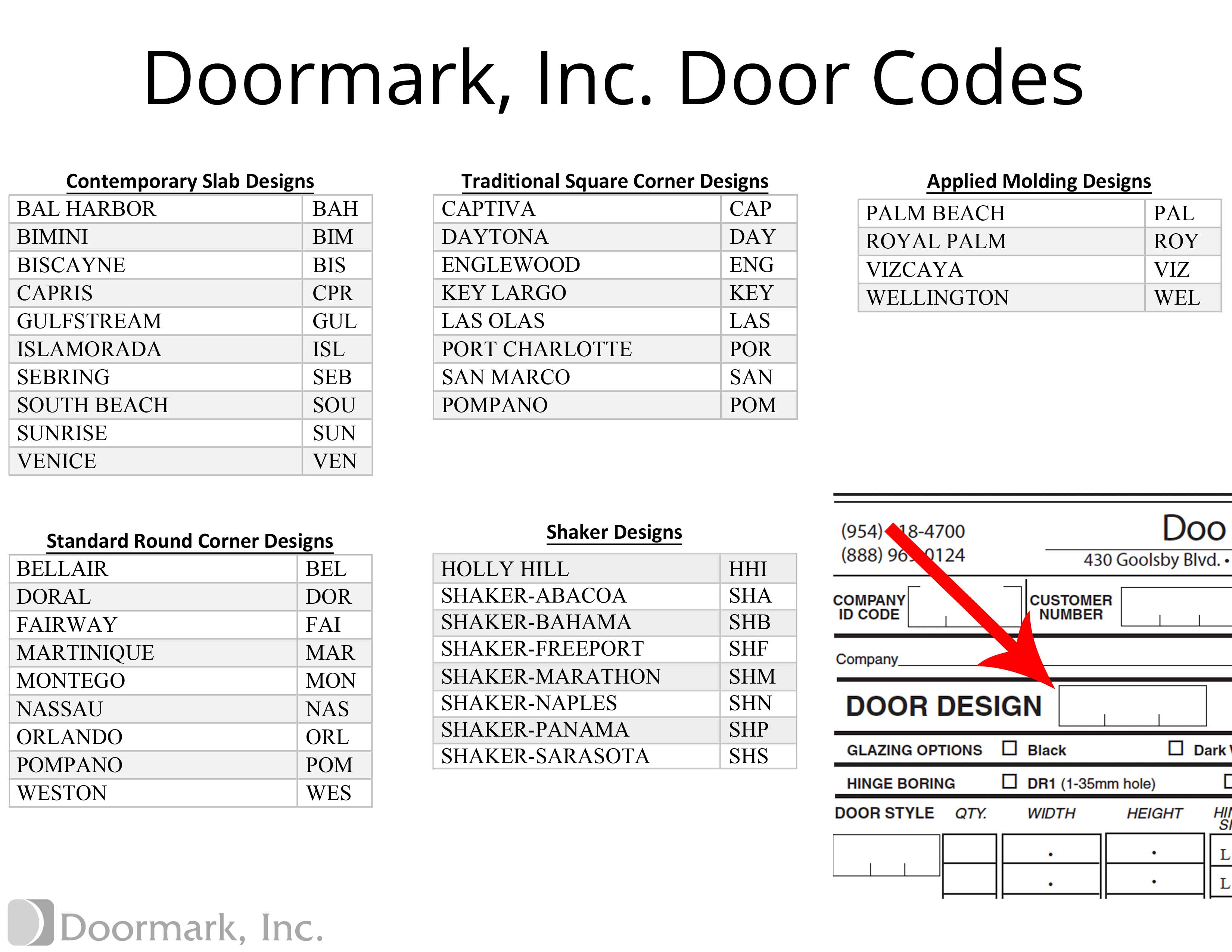The image of door codes has become increasingly relevant as security measures evolve in our modern society. With the rise of technology, traditional locks are being replaced by electronic door codes, which offer enhanced convenience and safety. This article will explore the various aspects of door codes, their importance, and how they function in different scenarios.
As we delve into the subject, we will examine the benefits of using door codes, the technology behind them, and the potential challenges they present. Furthermore, we will cover essential tips for choosing the right door code system for your needs, whether for residential or commercial purposes.
By the end of this article, you will have a thorough understanding of door codes and their significance in today’s security landscape. Let’s unlock the secrets behind this innovative technology!
Table of Contents
- What Are Door Codes?
- Types of Door Codes
- Benefits of Door Codes
- Choosing the Right Door Code System
- Security Considerations
- Common Issues with Door Codes
- The Future of Door Codes
- Conclusion
What Are Door Codes?
Door codes are numerical or alphanumeric sequences used to unlock electronic locks, providing access to properties without the need for traditional keys. These codes can be entered via a keypad or a smart device, allowing for a more convenient and secure entry method.
Unlike standard locks that require physical keys, door codes enhance security by allowing property owners to change codes easily and frequently. This feature is particularly beneficial for rental properties or shared spaces where access needs to be managed regularly.
Types of Door Codes
There are various types of door codes, each designed to cater to different security needs and preferences. Below, we will discuss the two most common types: keypad door codes and smart door codes.
Keypad Door Codes
Keypad door codes are static codes entered on a numerical keypad. Users must memorize the code to gain access, making it essential to choose a code that is easy to remember yet difficult for others to guess. Some key features include:
- Easy installation on most doors.
- Battery-operated, ensuring functionality during power outages.
- Ability to set temporary codes for guests or service personnel.
Smart Door Codes
Smart door codes integrate with smart home systems, allowing users to unlock doors using smartphones or other devices. These systems often come with additional features such as:
- Remote access management through mobile applications.
- Integration with security cameras and alarms.
- Real-time notifications when the door is accessed.
Benefits of Door Codes
The image of door codes is synonymous with modern security solutions, offering numerous advantages over traditional locking mechanisms:
- Enhanced Security: Door codes reduce the risk of unauthorized access, as codes can be changed regularly.
- Convenience: No more fumbling for keys; simply enter the code to unlock the door.
- Access Control: Easily manage who has access to your property by changing codes or issuing temporary codes.
- Cost-Effective: Save on locksmith fees, as there's no need to rekey locks when codes are compromised.
Choosing the Right Door Code System
When selecting a door code system, consider the following factors:
- Security Level: Assess the security features offered by different systems.
- Usability: Choose a system that is easy for all intended users to operate.
- Integration: If you have a smart home, ensure compatibility with existing devices.
- Budget: Determine how much you are willing to invest in a door code system.
Security Considerations
While door codes enhance security, users must remain vigilant about potential vulnerabilities. Consider the following:
- Code Sharing: Avoid sharing codes with too many people to limit access risk.
- Code Complexity: Use complex codes to increase security, but ensure they are memorable.
- Regular Updates: Change codes periodically, especially after a guest leaves or if you suspect unauthorized access.
Common Issues with Door Codes
Despite their advantages, door codes can present challenges. Some common issues include:
- Forgotten Codes: Users may forget their codes, leading to lockouts.
- Battery Failure: Keypad systems may malfunction if batteries run low.
- Exposure to Elements: Outdoor keypads can be affected by weather conditions, impacting functionality.
The Future of Door Codes
The future of door codes is promising, with advancements in technology leading to more secure and convenient systems. Innovations such as biometric access, facial recognition, and integration with artificial intelligence will enhance the functionality of door codes, making them an integral part of modern security systems.
Conclusion
The image of door codes represents a significant shift in how we approach security in our homes and businesses. With their numerous benefits, including enhanced security, convenience, and access control, door codes are becoming the preferred option for many. By understanding the different types, benefits, and considerations of door codes, you can make an informed decision on the best system for your needs.
If you found this article informative, please leave a comment below or share it with others who might benefit from understanding door codes. Explore more articles on our site to stay informed about the latest in security technology!
Thank you for reading, and we hope to see you again soon!


